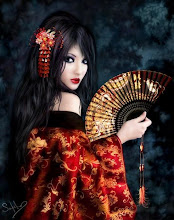
1. Japanese design is spiritual , exuding a feeling of calm and peace.
2. It is movable and flexible, think of the shogi screens.
3. Minimalist, with forms that are never loud or trying to catch attention.
4. Simplicity is key, colors are muted not bright and often contrasted with black.
5. Japanese design is partial to harmony with nature.
6. Neatness, devoid of clutter.
7. Well made, of high quality.
8. Precision in its products and even martial arts.
9. Concept of balance between the old and new
10. Clean.











